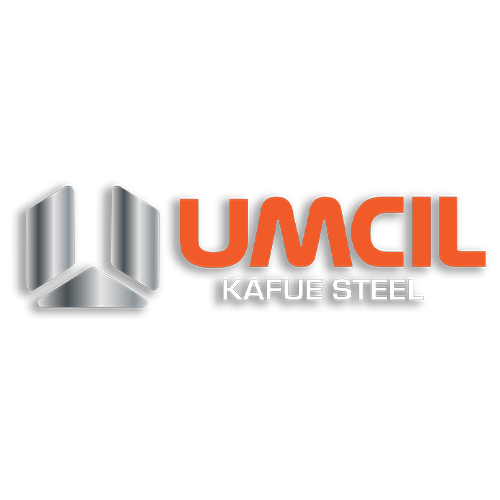Reinforcement bars, commonly known as rebars, are the backbone of any reinforced concrete structure. Choosing the right quality and ensuring proper evaluation of key parameters is crucial for the structural integrity and longevity of a construction project. In this article, we will explore the critical parameters that should be considered when judging reinforcement bars.
Grade of Steel:
The grade of steel is a fundamental parameter that directly influences the strength and durability of reinforcement bars. Different grades are designed to withstand varying levels of stress and environmental conditions. It is essential to select the appropriate grade based on the specific requirements of the construction project.
Tensile Strength:
Tensile strength is a key indicator of a reinforcement bar’s ability to withstand pulling or stretching forces. Higher tensile strength is generally desirable, as it contributes to the overall strength and load-bearing capacity of the structure. Engineers often specify the minimum tensile strength required for a particular construction project.
Ductility:
Ductility is the measure of a material’s ability to deform before rupture or break. In the case of reinforcement bars, adequate ductility is crucial to ensure that the structure can undergo deformations without catastrophic failure. Ductile materials can absorb energy during seismic events or other stress-inducing situations.
Corrosion Resistance:
Reinforcement bars are often exposed to harsh environmental conditions that can lead to corrosion over time. Evaluating the corrosion resistance of rebars is vital to prevent deterioration and maintain the structural integrity of the construction. Corrosion-resistant coatings or alloys can enhance the lifespan of reinforcement bars.
Dimensional Accuracy:
The dimensions of reinforcement bars, including diameter and length, must adhere to specified standards and tolerances. Dimensional accuracy ensures proper fit and alignment during construction, preventing issues such as uneven loads and structural misalignment.
Bond Strength:
The bond between concrete and reinforcement bars is critical for the efficient transfer of loads. Adequate bond strength ensures that the two materials work together effectively, enhancing the overall stability and performance of the reinforced concrete structure.
In conclusion, understanding and evaluating these critical parameters is essential for selecting high-quality reinforcement bars in construction. By prioritizing factors such as grade, tensile strength, ductility, corrosion resistance, dimensional accuracy, and bond strength, construction professionals can ensure the reliability and longevity of the structures they build. Careful consideration of these parameters is an investment in the safety and durability of construction projects.



